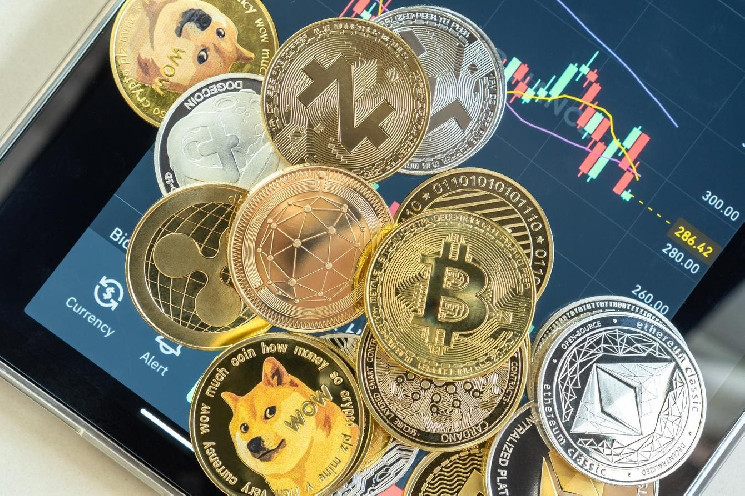With the launch of World Liberty Financial officially announced, and a flurry of DeFi applications coming to market seeking to capitalize on this rising interest in crypto it would be easy to overlook the continue inroads being made by stablecoins into crypto leadership. Following the collapse of FTX and in the aftermath of the fraud committed therein, investors and policymakers alike were hesitant to be seen as working too closely with any centralized project, be it a token or exchange. As the ripple effects from that collapse and fraud retreat from the headlines, however, centralization continues to be a dominant force in the crypto landscape.
Spot ETF products for both bitcoin and ether have centralized control over these new trading (and revenue) lines amongst some of the largest TradFi institutions on Wall Street as well as with Coinbase, the only SEC registered crypto brokerage firm. At the same time, the very same financial institutions continue to develop and deploy enterprise blockchain and native stablecoin solutions. While interoperability between said stablecoins and blockchains remains a work in progress the fact remains that centralization and stablecoins are very much leading crypto adoption forward.
Given the growing utilization and expanding development of stablecoins it should come as no surprise that the TradFi sector has come together to launch a stablecoin-centric exchange: TrueX. Let’s take a look at two of the items that investors should watch as this exchange takes form and launches.
Crypto Centralization Continues Unabated
One of the primary critiques of recent developments in the cryptoasset sector has been the continuing centralization of products and services. Even as bitcoin continues to gain traction and interest among investors and policymakers, the original appeal of bitcoin has continuously been replaced by centralization and convenience. Even the much discussed project launched by former President Trump, following a highly watched speech at Bitcoin 2024, is (based on the limited specifics released) a centralized project seeking to offer exchange-like services and promote stablecoin utilization.
The launch of TrueX is just the latest iteration of the gradual integration of crypto by TradFi institutions, building on the successful launch of multiple products and services in 2024 alone. Alongside the centralization or products and services it has also become apparent that stablecoin issuers – themselves centralized operators in the vast majority of cases – will continue to play an increasingly important role in the adoption of cryptoassets.
For investors and policymakers this represents an interesting situation. Via centralization, establishing and enforcing rules and regulations will be more closely aligned with the processes for TradFi markets, but also risks the concentration of influence (and risk) in the hands of a small number of players.
Stablecoin Leadership Grows
The initial launch of PYUSD might have flown under the collection radar of the crypto market in August 2023, which was followed quickly by an SEC enforcement action in November 2023. Since then, however, PayPal and PYUSD have continued to grow, expand, and play an important role in the stablecoin sector. Following an integration with the Solana blockchain in May 2024, PYUSD has reached a market capitalization of $1 billion, ranking it in the top 10 stablecoin by market capitalization. While PYUSD remains far behind other major stablecoins such as USDC and USDT this significant milestone should not be overlooked.
As a stablecoin launched and managed by a U.S. based, but globally operating, payment processor – building on nearly a decade of pro-crypto policies – the implications of the token are significant. Since the vast majority of stablecoins, and stablecoin trading volume, consist of tokens backed on a 1:1 basis by the U.S. dollar, having such a token managed by an institution with such a high level of retail penetration and trust should not be overlooked. The selection of PYUSD to serve as the (at least initial) stablecoin of choice for TrueX further highlights the importance of the stablecoin.
For crypto advocates seeking greater adoption, investors looking for the next stage of crypto innovation, and policymakers for a foothold from which to create and promulgate policy, stablecoins continue to look like the obvious choice.
Tokenized assets continue to develop and move far beyond whatever initial ideas of boundaries may have governed the sector, and the launch of TrueX is indicative of several important trends for the crypto landscape at large. Centralization continues to lead adoption and integration of cryptoassets across industry lines, with stablecoins serving as an ever-important on-ramp for wider adoption and utilization.
Investors and policymakers should take note, and be prepared to deal with the regulatory environment that will (by necessity) evolve alongside these assets.
 forbes.com
forbes.com
